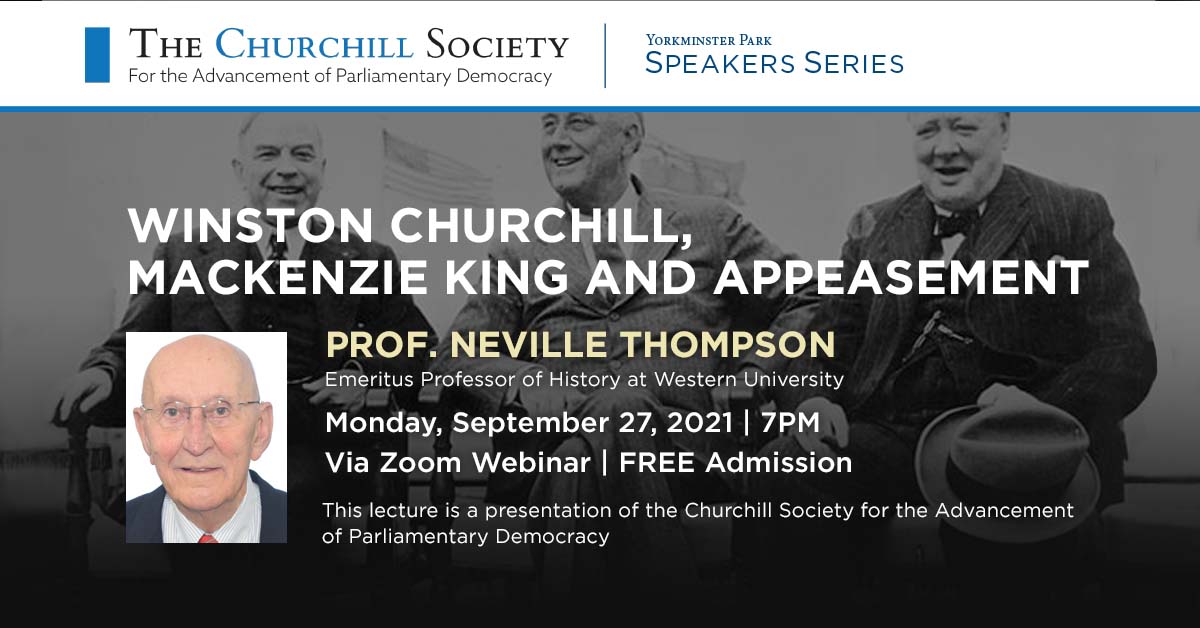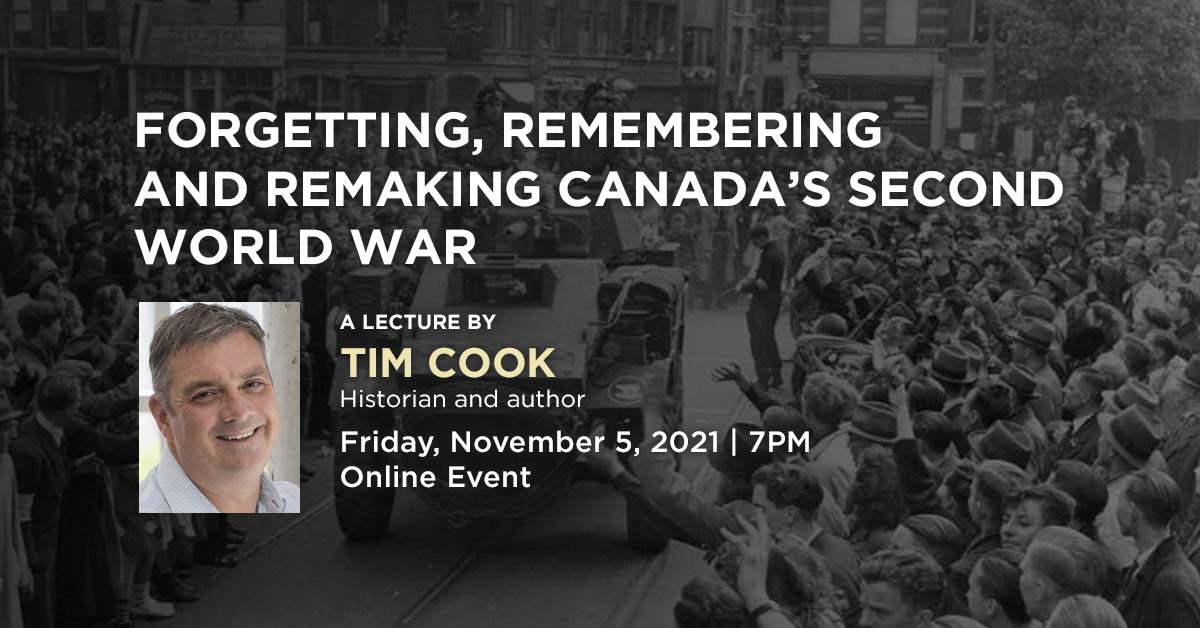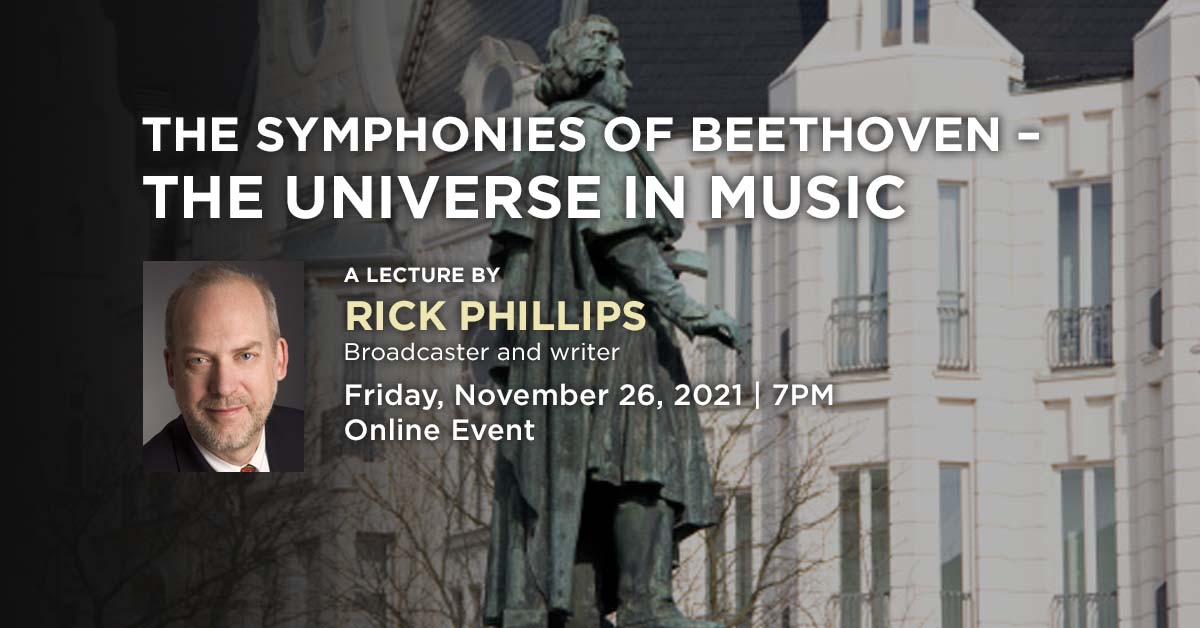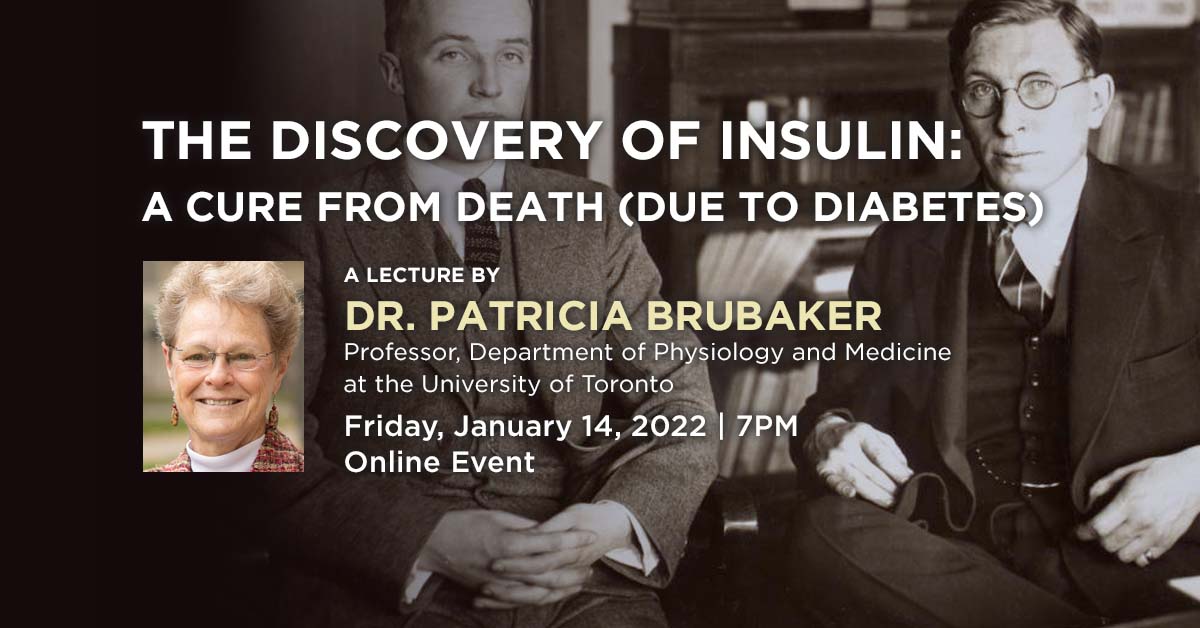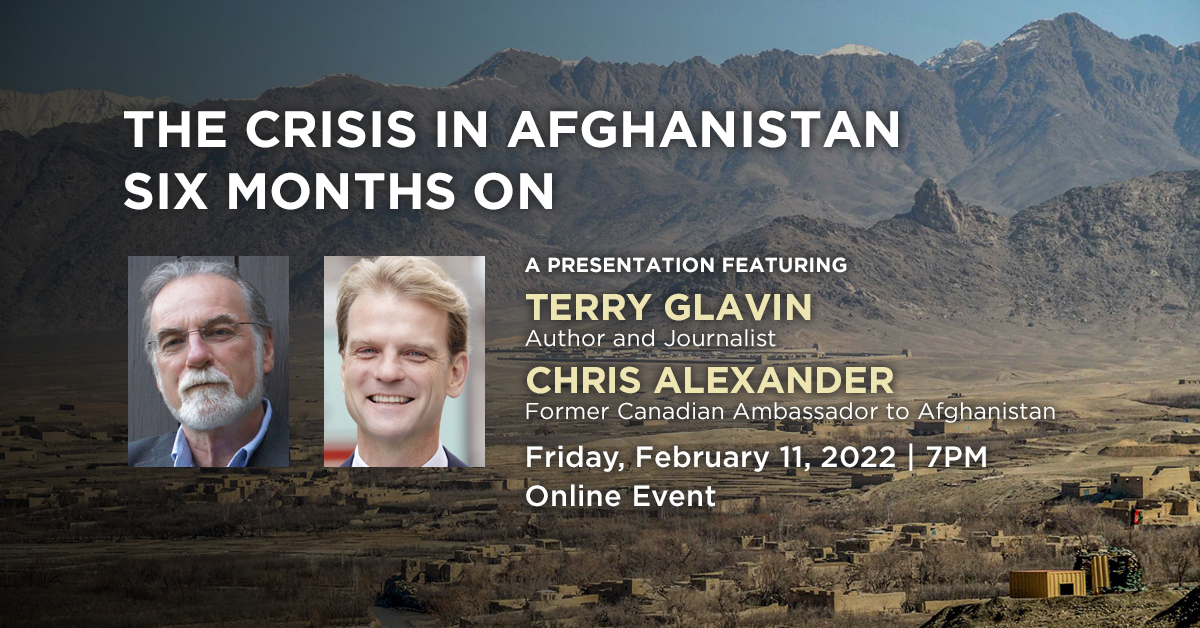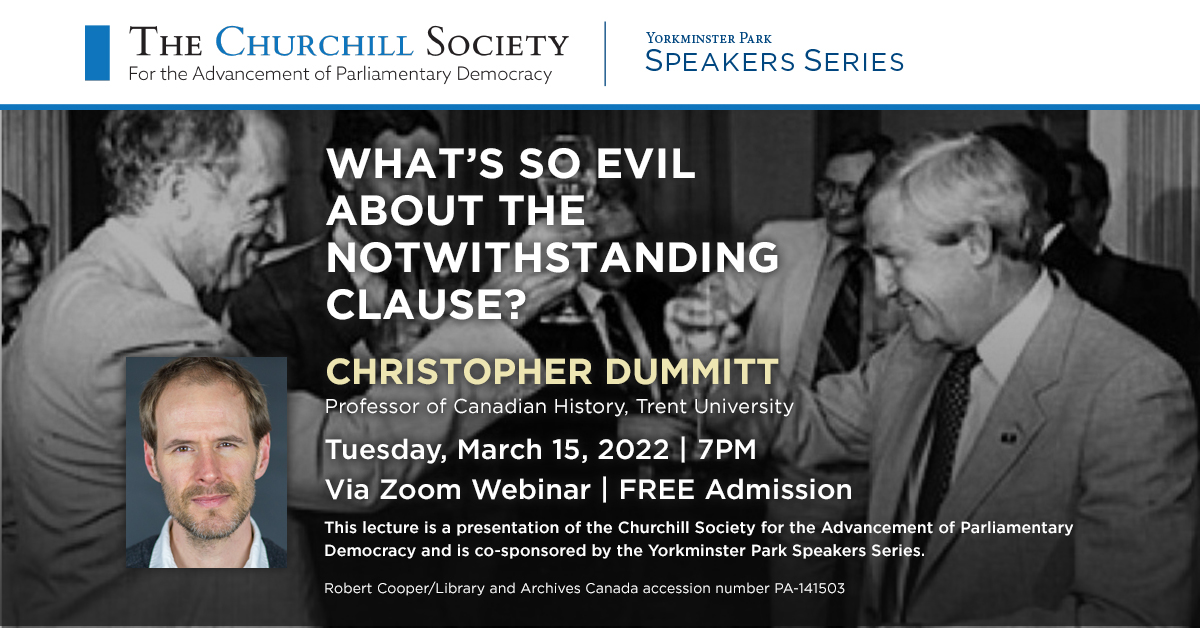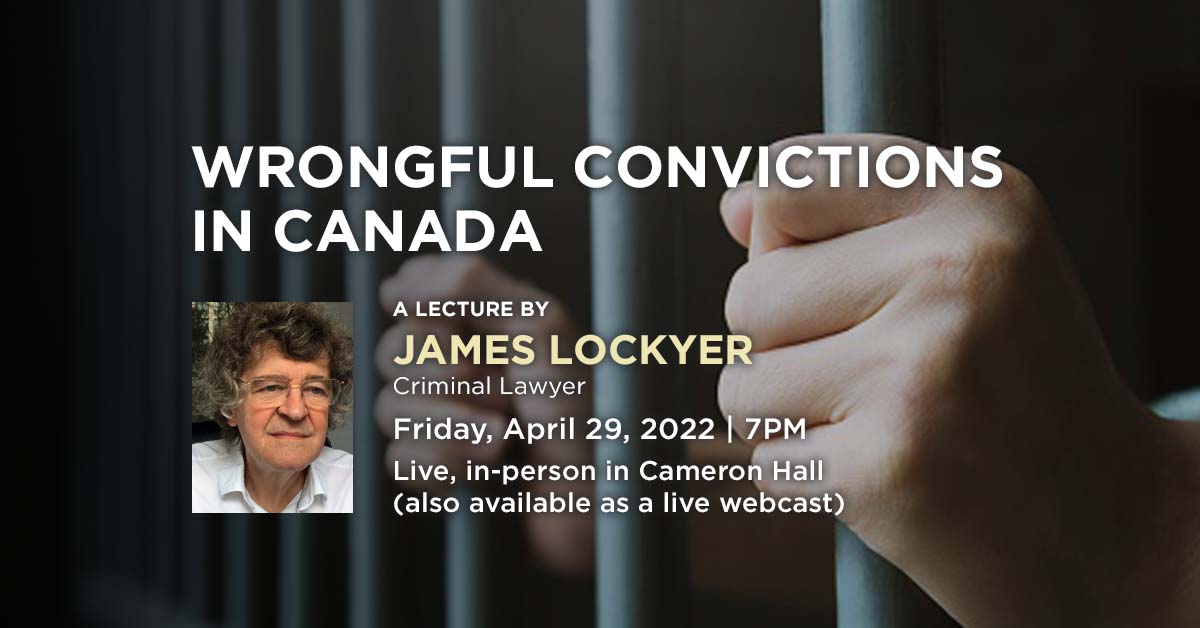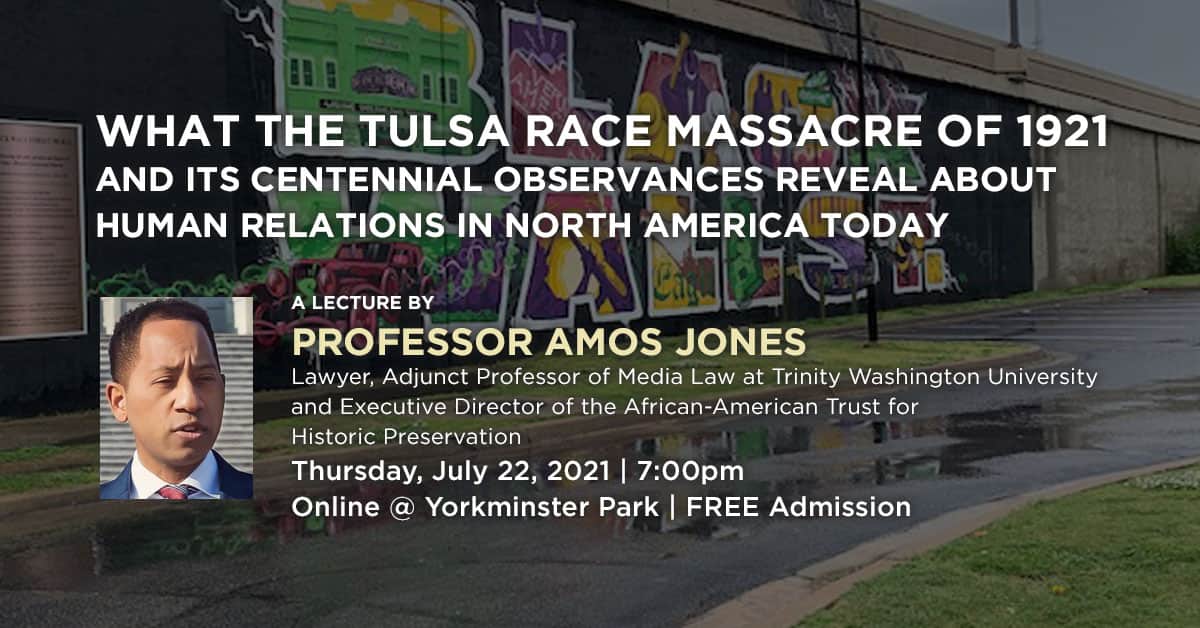
What the 1921 Tulsa Race Massacre and its Observances Reveal about Human Relations Today
Cameron Hall 1585 Yonge Street, TorontoThe Tulsa Race Massacre is believed to be the single worst discrete incident of racial violence in American history. During the course of eighteen bloody hours on May 31 and June 1, 1921, more than one thousand homes and businesses were destroyed, and as many as three hundred people killed. By the time the violence ended, Oklahoma’s second-largest African American community had been burned to the ground. As the Oklahoma Historical Society summarized: “The outbreak occurred during an era of acute racial tensions, characterized by the birth and rapid growth of the so-called second Ku Klux Klan and by the determined efforts of African Americans to resist attacks upon their communities, particularly in the matter of lynching.” So, what does a 1921 state-sponsored white massacre of a relatively wealthy Black community in America’s 48th state have to tell us about our own here and now? Join Amos Jones in a lecture that grapples with this and related questions and promises to offer what, to many, might seem to be some surprising answers.



